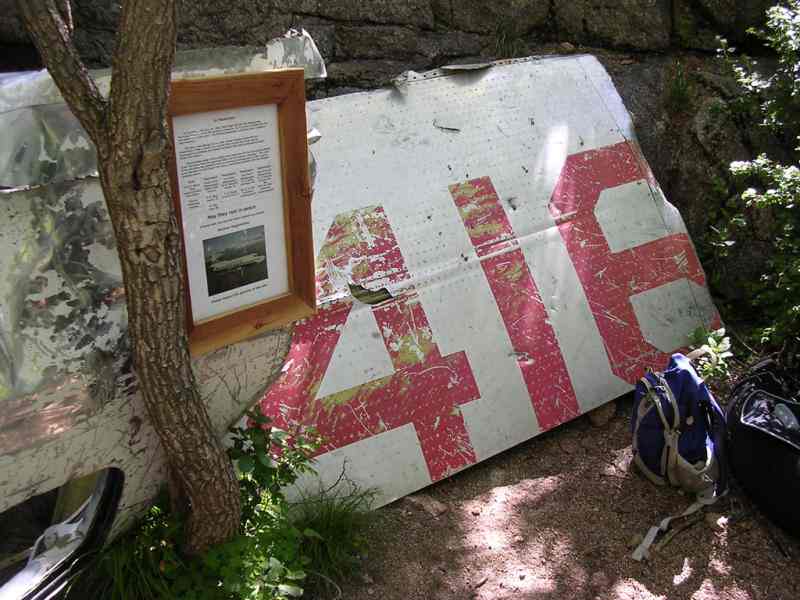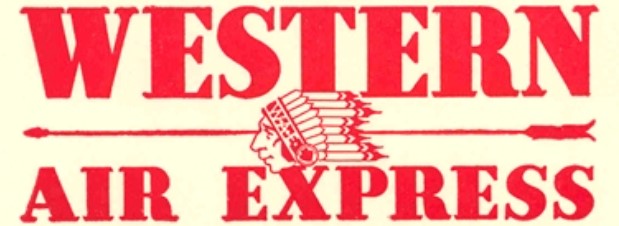Crash of a Beechcraft 65-B80 Queen Air in Albuquerque: 9 killed
Date & Time:
May 19, 1972 at 1229 LT
Registration:
N841NS
Survivors:
No
Schedule:
Albuquerque - Santa Fe
MSN:
LD-346
YOM:
1967
Crew on board:
1
Crew fatalities:
Pax on board:
8
Pax fatalities:
Other fatalities:
Total fatalities:
9
Captain / Total hours on type:
411.00
Circumstances:
Shortly after takeoff from Albuquerque Airport, while in initial climb, the pilot declared an emergency and was cleared to return when control was lost. The airplane dove into the ground and crashed in flames in a field near the airport. The aircraft was totally destroyed and all nine occupants have been killed.
Probable cause:
Engine failure or malfunction during initial climb and uncontrolled descent. The following factors were reported:
- Inadequate preflight preparation,
- Inadequate maintenance and inspection,
- Deficiency of company maintained equipment, services and regulation by operational supervisory personnel,
- Left front cargo door improperly secured,
- Blades failure due to foreign object damage,
- Suspected or known aircraft damage,
- Forward cargo door not secured, opened in flight and damaged left prop, causing additional drag,
- Door unsafe system inoperative.
- Inadequate preflight preparation,
- Inadequate maintenance and inspection,
- Deficiency of company maintained equipment, services and regulation by operational supervisory personnel,
- Left front cargo door improperly secured,
- Blades failure due to foreign object damage,
- Suspected or known aircraft damage,
- Forward cargo door not secured, opened in flight and damaged left prop, causing additional drag,
- Door unsafe system inoperative.
Final Report:




